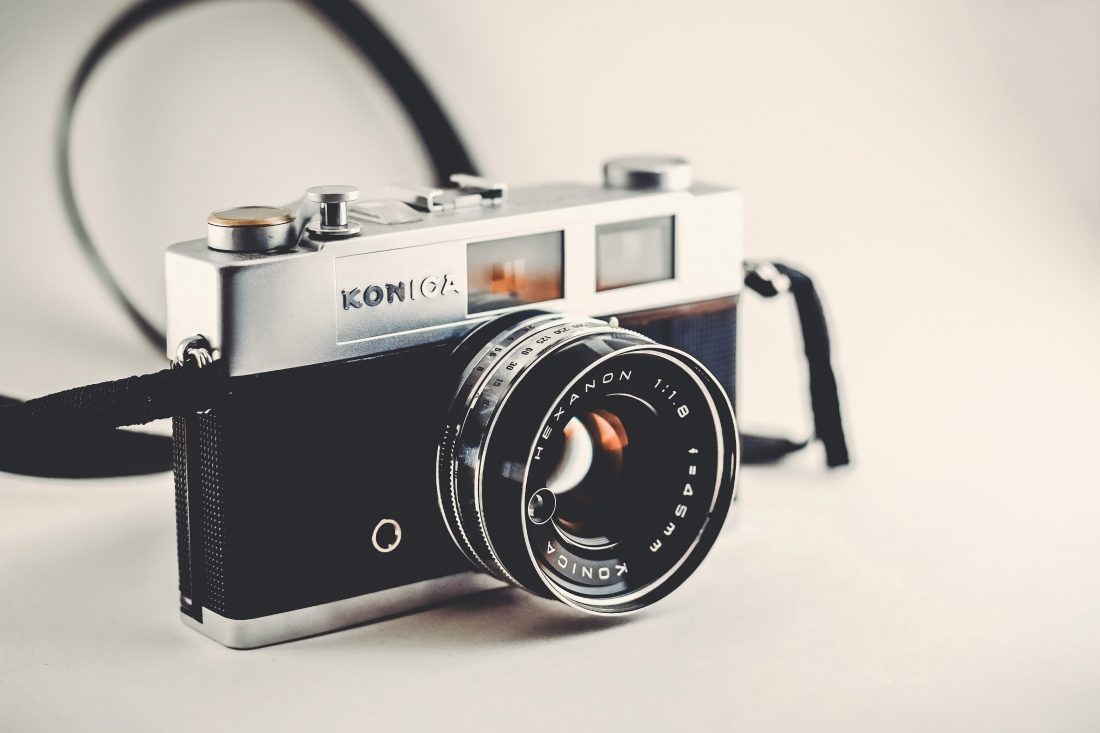
Kodak Stereo Camera: Capturing Life in Three Dimensions
**What is the Kodak Stereo Camera?**
The Kodak Stereo Camera is a film camera that revolutionized the way we perceive and capture images. This camera allowed photographers to create stunning three-dimensional photographs, giving a sense of depth and immersion to the viewer. With its dual lenses and special film format, the Kodak Stereo Camera provided a unique and immersive photographic experience.
**Introduction to the Kodak Stereo Camera**
Released in 1954 by the Eastman Kodak Company, the Kodak Stereo Camera was a breakthrough in the world of photography. It was designed to capture the world in three dimensions, providing a more immersive and realistic photographic experience. This camera utilized stereo photography techniques, where two separate images of the same scene were taken simultaneously from slightly different viewpoints. These images, when viewed together, created a three-dimensional effect.
**Key Features and Specifications**
The key feature of the Kodak Stereo Camera was its dual lenses, which were positioned side by side. These lenses allowed the camera to capture two separate images on a single standard 35mm film. The lenses had a fixed focal length of around 35mm and an aperture range of f/3.5 to f/11. The camera also featured a built-in light meter to assist photographers in achieving accurate exposures.
The Kodak Stereo Camera had a sturdy and durable metal body, with a fold-out metal viewfinder and a comfortable grip for steady shooting. It had a manual film advance mechanism and a leaf shutter system, providing photographers with control over exposure times. The camera used a special type of film called 35mm Stereo transparency film, which was specifically designed to capture the two images required for stereo viewing.
**Using the Kodak Stereo Camera**
Using the Kodak Stereo Camera to capture three-dimensional photographs required a different approach compared to traditional cameras. The key aspect was to ensure that the two lenses captured images from slightly different viewpoints. This was achieved by adjusting the camera’s horizontal spacing control, which allowed photographers to align the lenses correctly for stereo photography.
Once the images were captured on the special stereo transparency film, they needed to be processed and mounted onto a stereo viewer or projector for proper viewing. The resulting photographs displayed a remarkable sense of depth and realism, immersing the viewer into the scene like never before.
**Conclusion: Preserving Memories in Three Dimensions**
The Kodak Stereo Camera was an innovative and groundbreaking piece of equipment that allowed photographers to capture the world in three dimensions. Its unique design and special film format created stunning and immersive photographs that were truly ahead of its time. Although digital cameras have now become dominant, the Kodak Stereo Camera holds a special place in the history of photography, reminding us of the joy and wonder of capturing life’s moments in three dimensions.
*Release Date: 1954*
*Price at Launch: $84.50*
